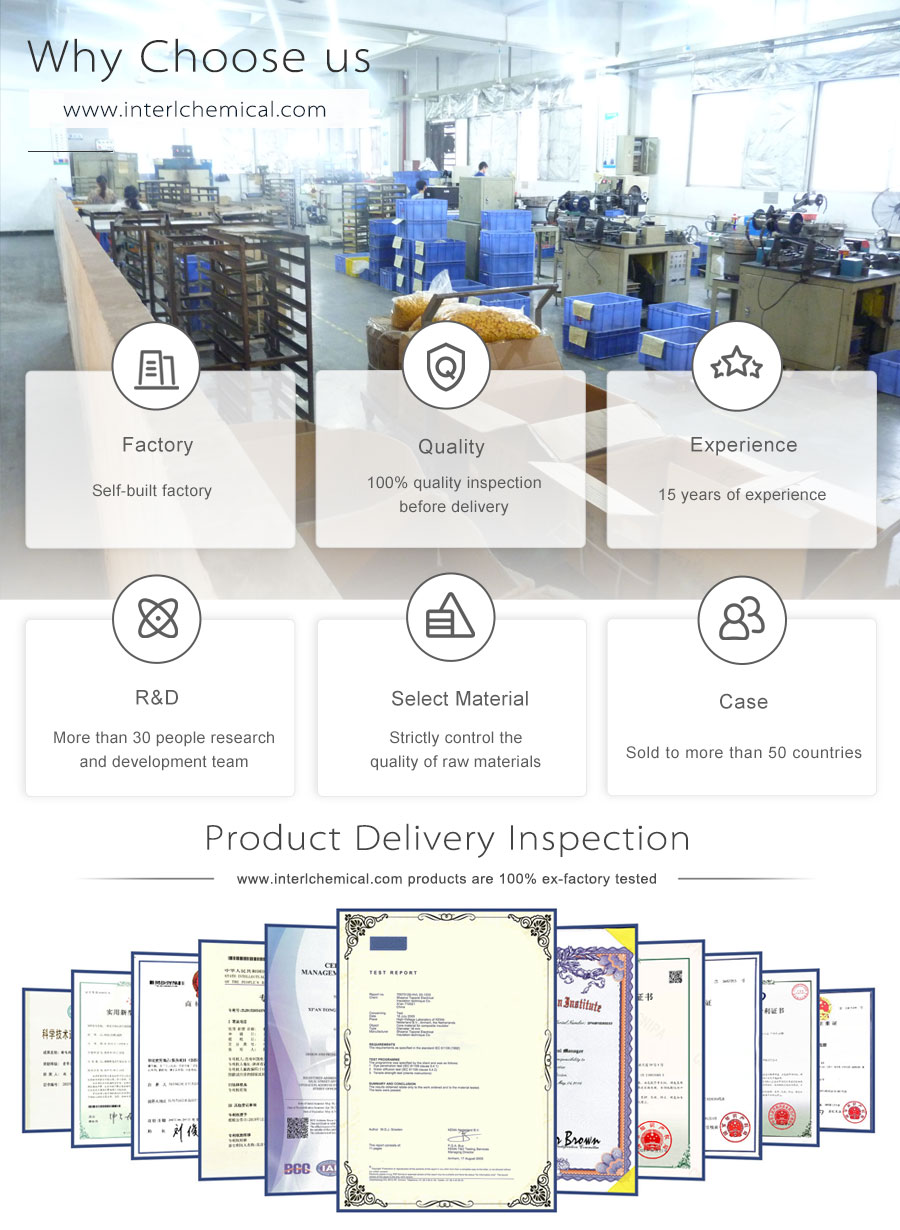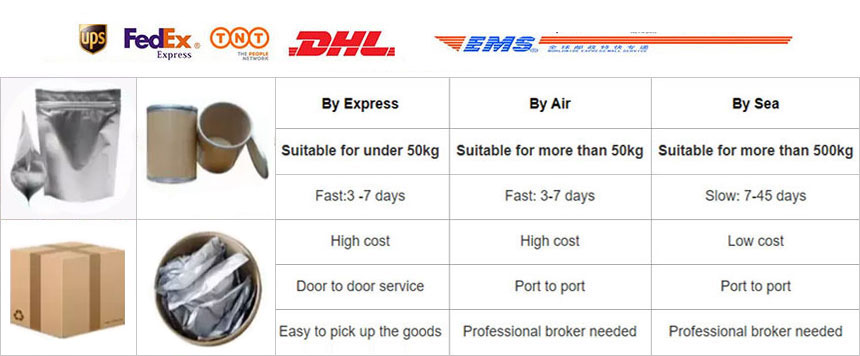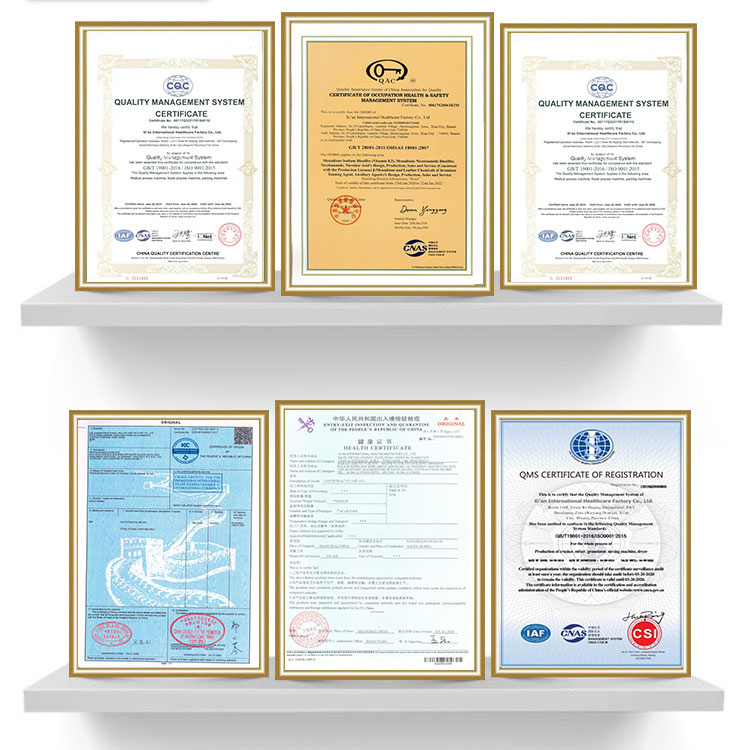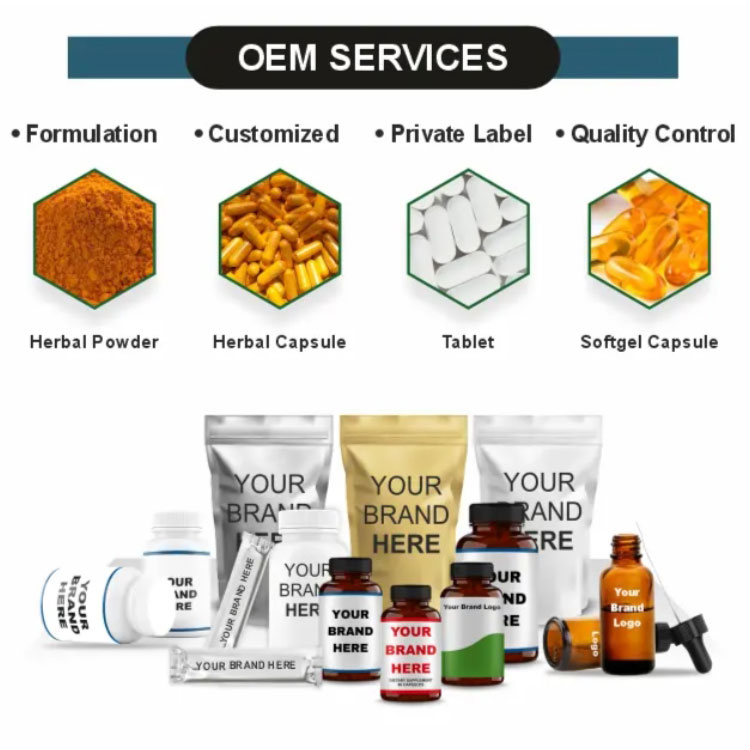Phone: 86-29-89601602
Mail: sales27@interlgroup.com
Add: Room 305 , 3/F , Haipai Decoration Office Building , Yudu Avenue , Yuncheng , Shanxi
Glycine powder Raw Materials CAS 56-40-6
Product Overview:
Glycine powder is one with the simplest structure among the 20 members of the amino acid series. It is also known as amino acetic acid, which is an unnecessary amino acid for human body. It is soluble in water and easily miscible with other organic solvents. Glycine is weakly acidic and reacts with bases to form corresponding salts. Amino acetic acid has a certain volatility, so it can smell its special odor at room temperature. Glycine is commonly used as a corrosion inhibitor in metal working fluids to form a protective film with metal surfaces to reduce metal corrosion. Glycine powder can also be used in bleaching and dyeing processes for cellulose and textiles as a decolorizer and a stabilizer for reactive dyes.
Glycine powder Raw Materials CAS 56-40-6 Attributes
Glycine powder Raw Materials CAS 56-40-6
CAS:56-40-6
MF:C2H5NO2
MW:75.07
EINECS:200-272-2
Specification:99% min Glycine powder
Sample:Glycine powder Avaliable
Keywords:Glycine
Appearance:white powder
Storage: Cool Dry Place
Brand:Global ASAP Nutrition Factory
Shelf Life: 2 Years
Test Method: HPLC
Glycine powder Raw Materials CAS 56-40-6 Details
Uses and synthesis of Glycine powder
Glycine powder is one with the simplest structure among the 20 members of the amino acid series. It is also known as amino acetic acid, which is an unnecessary amino acid for human body. It is soluble in water and easily miscible with other organic solvents. Glycine is weakly acidic and reacts with bases to form corresponding salts. Amino acetic acid has a certain volatility, so it can smell its special odor at room temperature. Glycine is commonly used as a corrosion inhibitor in metal working fluids to form a protective film with metal surfaces to reduce metal corrosion. Glycine powder can also be used in bleaching and dyeing processes for cellulose and textiles as a decolorizer and a stabilizer for reactive dyes.
Applications and Functions of Glycine powder
- Glycine powder is used in pharmaceutical industry, biochemical tests and organic synthesis
- Glycine is used as a buffer, for the preparation of tissue culture medium, for the examination of copper, gold and silver, and medically for the treatment of myasthenia gravis and progressive muscular atrophy, hyperacidity, chronic enteritis, hyperprolinemia in children and other diseases.
- Glycine is mainly used as a nutritional additive in chicken feed.
- Glycine powder is a reagent for the test of copper, gold, and silver. It is also used in pharmaceutical industry, biochemical research, preparation of tissue medium, nutritional supplements and so on.
Physicochemical Property of Glycine powder
Improve sleep quality: Studies have shown that supplementing with glycine before bedtime may help shorten the time it takes to fall asleep, improve sleep efficiency and overall sleep quality.
Supports Cognitive Function: Glycine acts as a neurotransmitter and may help improve memory, concentration, and mood.
Protects Liver Health: Glycine is involved in the liver's detoxification process and may help protect the liver from damage.
Improved blood sugar control: Some research suggests that glycine may be beneficial for improving insulin sensitivity and blood sugar control.
Supports Joint Health: As an important building block of collagen, glycine may help maintain joint health and function.
Anti-inflammatory effects: Some studies suggest that glycine may have some anti-inflammatory effects.
Promote wound healing: Glycine is involved in the synthesis of collagen and may help promote wound healing.
Protects cardiovascular health: Some studies suggest that glycine may be beneficial for blood pressure and cardiovascular health.
Production methodprocess of Glycine powder
Ammonia and ammonium carbonate are mixed and heated on a water bath, and an aqueous solution of chloroacetic acid is prepared, which is added to the mixture, and the mixture is heated and kept warm, and the crude product is obtained by cooling and crystallization. The crude product is dissolved in boiling water, methanol is added, and Glycine powder is obtained by crystallization











